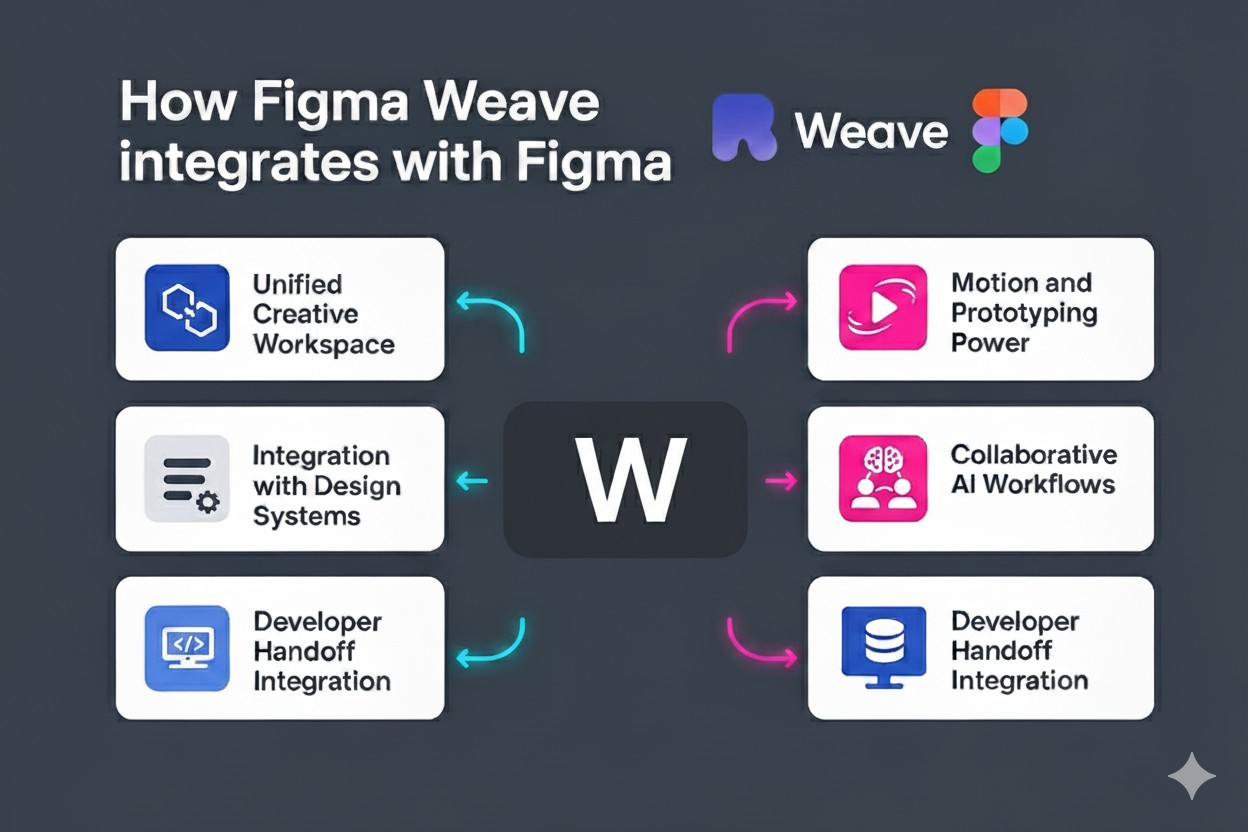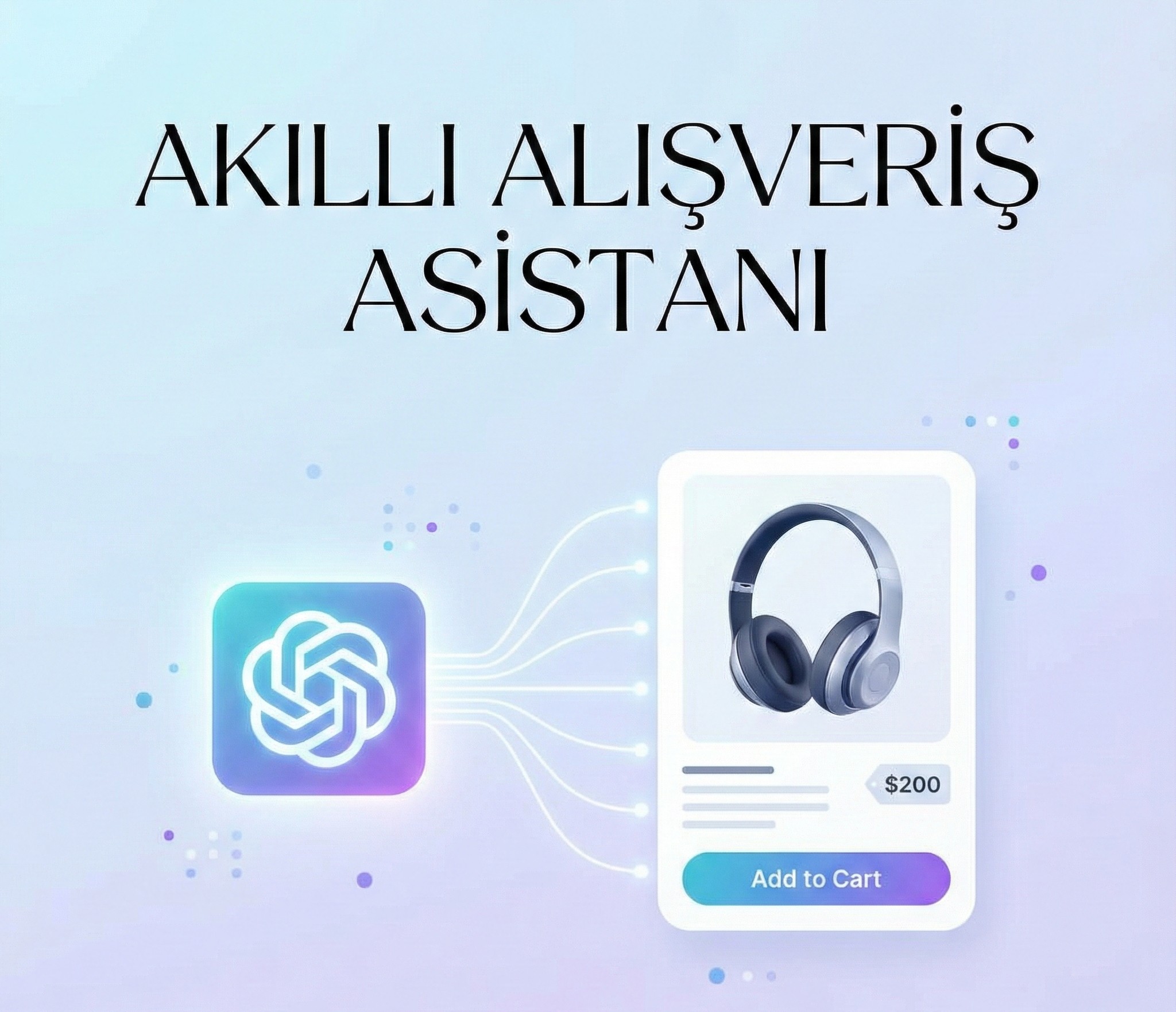Figma, one of the leading platforms in the design world, has officially introduced its new feature, Weave. Figma acquired the artificial intelligence-focused startup named Weavy and began developing this technology under the Weave brand. Weave aims to accelerate visual and video production processes and intends to enable designers to work more creatively and efficiently. Currently, Weave is being tested in early access and is planned to be gradually rolled out to all users in the coming period. This step is part of Figma’s strategy to transform into a creative media production platform, going beyond just being a UI/UX design tool.
Figma’s History and Previous State
Figma was founded in 2012 by Dylan Field and Evan Wallace. As a browser-based design tool, it allowed teams to collaborate in real-time. In 2022, Adobe wanted to acquire Figma and made a deal worth approximately 20 billion dollars; however, in 2023, this deal was canceled due to competition regulations. This process enabled Figma to chart its own path by independently acquiring startups like Weavy.
The Design Experience Before Figma Weave
In older versions of Figma, designers could manage components, create prototypes, and make real-time comments. However, visual content production and artificial intelligence support were limited. With the acquisition of Weavy, artificial intelligence-based production features are now centered in the Figma platform.
Innovations with Figma Weave
AI-Powered Visual Content Production
Weave allows designers not only to place components but also to produce visuals and videos with artificial intelligence. For example, it is possible to create realistic visuals and animations in seconds for a UI prototype using Weavy technology.
Component-Based and Automatic Updates
Weave reduces the workload of teams by automatically updating repetitive design elements. When you change a component, it is automatically reflected across all projects. This feature saves time, especially for large teams, and accelerates processes supported by artificial intelligence.
Collaboration and Ease of Integration
Weave strengthens inter-team collaboration. Designers, developers, and project managers can work on the same project in real-time. Additionally, integration with popular business tools like Slack, Jira, and Notion is provided.
Figma Weave’s Contribution to the Design Process
Faster and More Effective Prototypes
Thanks to the acquisition of Weavy and artificial intelligence integration, prototypes can be prepared faster and more realistically. AI-supported visuals strengthen design decisions and increase the testability of projects.
Data-Driven Design and Creative Freedom
Designers are no longer limited to just visuals; thanks to data-driven and artificial intelligence-supported processes, workflows are becoming more efficient. Weavy technology increases designers' creative freedom, making a difference in large projects.






